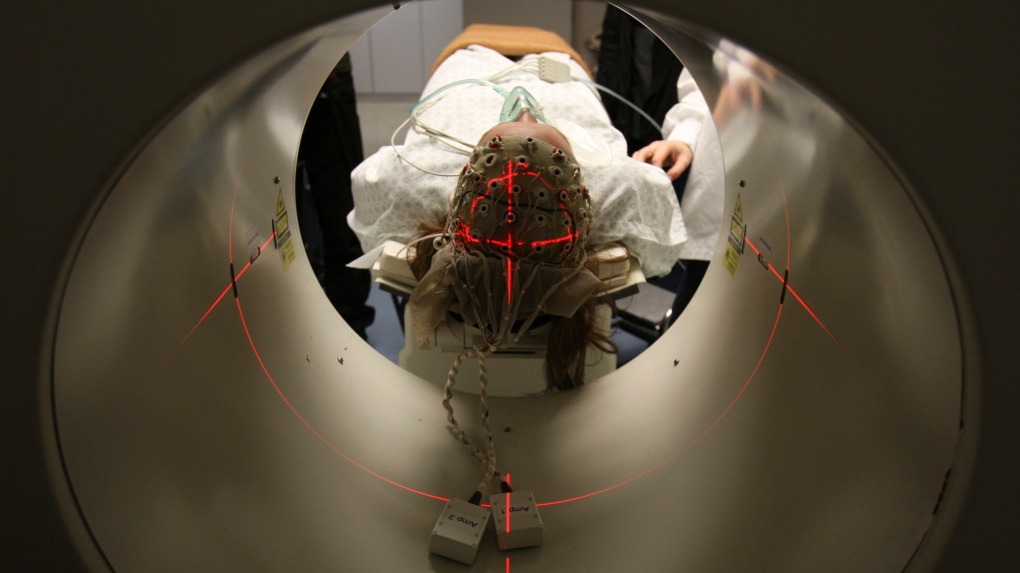Latest News
- Hundreds of homes in northern Ontario mining town left without heat after gas outage
- Quebec judge grants bail to man who spent more than 30 years in prison for four murders
- What do the leaders of Canada's largest white nationalist group want?
- Niagara police officer shot in Welland; 'Stay at home' order remains in effect
- Trump halts green card lottery, controversial decision after deadly shooting in Massachusetts
Latest Ads
-
Jasmine Jewel
Call
-
Omidan group
Call
-
Amir Madanpour
Call
-
Dimo studio
Call
-
Yorkacademy
Call
-
Maryambagheri
Call
-
Shishlix Restaurant
Call

Canadian researchers find signs of awareness in comatose patient, study says
Researchers in London, Ontario, say they have been able to detect consciousness in a comatose patient with brain damage – a finding that could have a significant impact on patient care, says Carnegie Kazazian, an associate researcher at the Lawson Institute for Health Research and the London Health Sciences Centre. A neuroimaging technique was used to shine light into the brains of three patients to find activity in response to various commands.
These patients had previously been diagnosed as clinically unresponsive, meaning they did not respond when asked to give a thumbs up, wiggle their toes, or open and close their eyes.
But Kazazian says one patient showed significant neural activity in the right part of the brain when he was asked to imagine playing tennis. The finding, recently published in the journal Proceedings of the National Academy of Sciences, he says. It adds to previous research showing that 15 percent of comatose patients have some cognitive awareness, even if they appear unresponsive. Kazazian says the technology should be made available in intensive care units across the country because it can help doctors and family members Help decide whether to continue aggressive care if symptoms are present.
"By showing that some patients may still be 'out there', despite being asymptomatic, you can imagine that this will really have a big impact on your decision about Whether you stay on life support or die a peaceful death.” The researchers also observed activity in the part of the patient's brain responsible for processing auditory information when the “complex stories” were played.
But the task of imagining a tennis game — an experiment the researchers repeated five times — was the clearest sign of awareness, Kazazian said. It stimulated activity in the patient's premotor cortex — the part of the brain that imagines movement. We have shown that you have to be aware to be able to imagine playing tennis. You have to be 'there' because it's not something you do without any awareness.” In a less robust response, another unresponsive patient appeared to be able to passively understand speech, according to the study. The third patient showed no response to any of the task instructions. The light technology, called functional near-infrared spectroscopy (fNIRS), shines light into the brain. "More light absorption means more brain activity," he said.
Before using fNIRS on three coma patients, the researchers tested it on more than 100 healthy participants to determine which tasks and commands were most effective at evoking brain activity. Kazazian said more research with more patients is needed to determine whether brain activity. His research group is doing this with ICU patients whose families are consenting. The team will also study whether fNIRS technology can be used to communicate with patients while their families are giving consent, Kazazian said. They are in a coma to be used or not.
This report by the Canadian News Agency was first published on September 4, 2024. The Canadian News Agency's health coverage is supported through a partnership with the Canadian Medical Association. CP is solely responsible for this content.
news source
Suggested Content
Latest Blog
Login first to rate.
Express your opinion
Login first to submit a comment.
No comments yet.


































